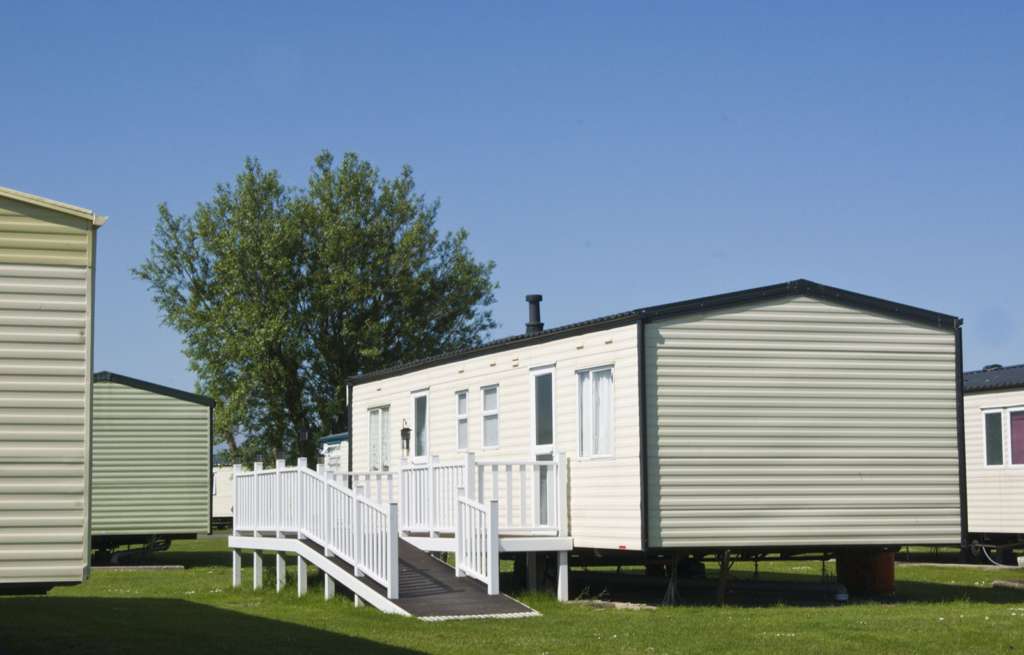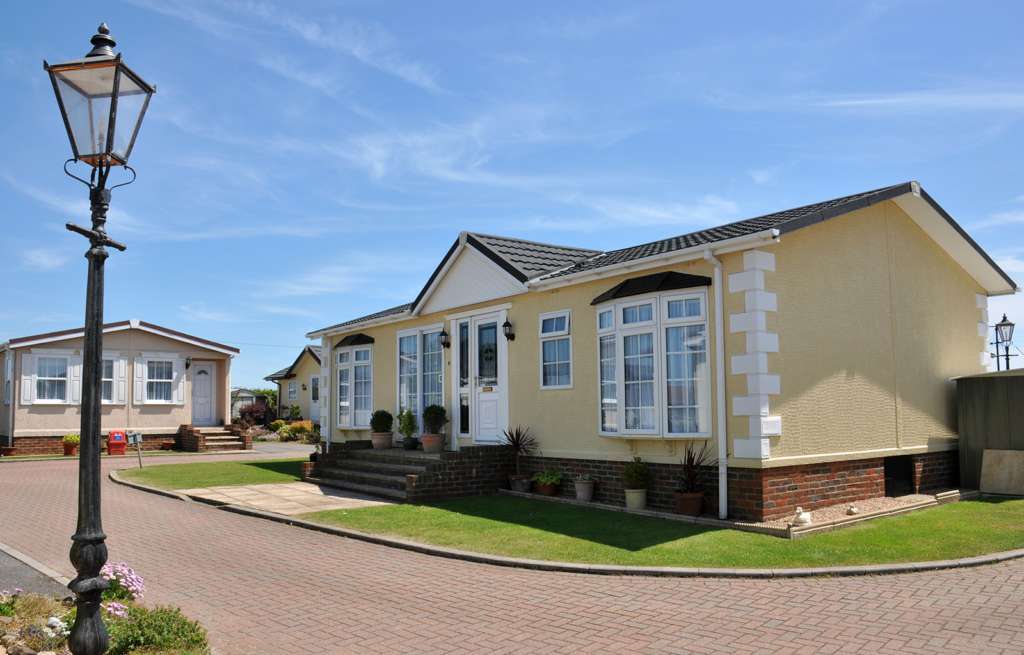Homeownership has always been part of the American dream. Today, we have numerous choices when it comes to home buying. From a modest condo to an imposing mansion, there is a type of home for everyone. One of the choices available to U.S. home buyers is manufactured homes. Typically priced much lower than traditional site-built homes, manufactured homes are particularly attractive to young families just starting out or retirees looking to downsize.
What Is a Manufactured Home?
So, what is a manufactured home? Is it just a fancier term for a mobile home? Not quite. A manufactured home can be described as a home formerly known as a mobile home, much improved. For a more technical definition, a manufactured home is a factory-built home built after June 15, 1976. It is on that date that the federal standards regulating the construction of mobile homes, set by the U.S. Department of Housing and Urban Development (HUD), went into effect. So if you are buying a prefabricated home built before 6/15/76, you are buying a mobile home, but if your choice is a new prefabricated home or one built after that date, it’s a manufactured home.

Let’s take a brief look at the history of prefabricated homes and the fundamental differences between earlier mobile homes and modern manufactured homes.
Mobile homes appeared on the scene in the early 1900s, when, in order to find jobs, people had to move frequently to wherever they could find employment. The structural designs of these mobile homes resembled what we might think of as a modern-day camper. The home itself was generally built on steel I-beams which ran from end-to-end and could be set up on concrete blocks, wooden blocks, metal stands or a concrete foundation at the desired location. The home came with an exposed trailer coupler and wheels, making it easily movable. These homes were mass produced to satisfy the demand, with no uniform quality or safety standards.
Today’s Manufactured Homes
Today’s manufactured homes bear little resemblance to the mobile homes of yesterday. They usually offer a choice of floor plans and interior options and can range from basic models to elaborate designs featuring vaulted ceilings, drywall, fully equipped modern kitchens, comfortable bedrooms with walk-in closets, and bathrooms with recessed bathtubs and whirlpools.
Another fact to consider about today’s manufactured homes is that they’re not really mobile. They are meant to be moved only once. So when purchasing a manufactured home, it’s important to decide where you are going to put it. Your choices are buying or leasing a plot of land or leasing a lot in a manufactured home community.

Moving into an established community will give you access to the utilities and amenities of the community, at an extra cost, and you will be bound by the community’s rules and regulations. Setting your house on your own land, on the other hand, will give you more freedom and help maintain, and potentially increase, the value of your home.
How to Buy a Manufactured Home
Most manufactured homes are sold through retailers, who offer new and pre-owned options. You may also find existing manufactured homes through real estate agents, on some general real estate listing websites and through online manufactured home marketplaces. And in some states, you can buy from the owner of a manufactured home development.
Purchasing a manufactured home from a retailer is not unlike buying a car. The dealer will have model homes to view at its sales center. You are likely to have a choice of a single-, double- or triple-section floor plan ranging from one-bedroom, one-bath homes of less than 500 square feet to four-bedroom, three-bath homes of more than 2,500 square feet. You can select your floor plan, choose the customized features you want and apply for manufactured home financing all on the same day. The dealer will usually arrange the transport and installation.
If you decide to live in manufactured home community, you’ll have to pay rent for the use of the land as well as fees for shared amenities, services and utilities. Factor in those costs when determining what home you can afford. If you want to place your manufactured home on your own land, be sure to check with the local government about zoning restrictions for manufactured homes. You will also have to check on the local requirements for septic, electrical and building permits.
When financing a manufactured home, you may have more limited choices than financing a site-built home. Unless you own the land on which your home will sit, your purchase will be considered personal property rather than real estate and you will have to take what’s called a chattel loan rather than a mortgage loan. Chattel loans typically come with higher interest rates, shorter loan terms and fewer consumer protections.
The Pros and Cons of Manufactured Homes
So you think that a manufactured home may be the right choice for you. Before you make your final decision, be sure to consider the pros and cons of manufactured homes.
Pros:
- Construction delays minimized – built at one facility, in controlled environment, unaffected by weather
- Shorter completion time – streamlined construction processes and stockpiled materials
- Select your features and finishes – some level of personalization is usually available
- Peace of mind – reliable quality and safety standards, built to the HUD Code
- Within your budget – more affordable than stick-built homes
Cons:
- Availability and cost of suitable land
- Extra costs imposed by manufactured home community
- Fewer choices and higher costs of financing
- Fewer personalization options and amenities
- Lingering stigma of mobile homes
- Questionable long-term value; slower, if any, appreciation
Manufactured homes offer an affordable homeownership option for some families, and the improvements in their quality and safety have made them a more desirable option in recent decades.
At K. Hovnanian Homes, however, we believe that site-built homes offer the best quality, choices and value. We build new home communities across the U.S. and take pride in the quality of our homes, meticulous attention to detail and excellent customer service. To customers desiring shorter build times, we offer our Quick Move-in homes — site-built homes with carefully selected options and upgrades — typically available for thirty-to-ninety-day delivery.
Find our communities in your state and contact us to help you start your home buying journey.
Last Updated on November 22, 2021
